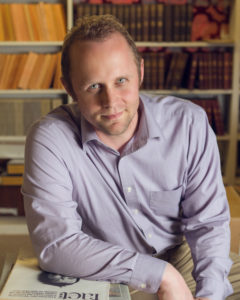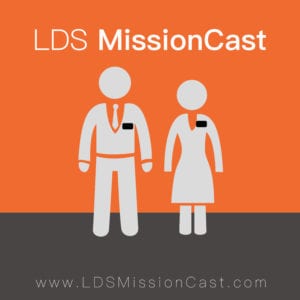Podcast: Download (67.3MB)
Subscribe: RSS

The LDS MissionCast is a podcast designed to educate and inspire in the great cause of Missionary Work. This episode is all about Race and the LDS Church. Some of the episodes of the LDS MissionCast feature content for those preparing to serve a full-time mission, some episodes are directed towards those that have returned home, or are wanting to be more inspired in member-missionary work. Episodes like this one are unique in that we occasionally need to take the time to learn the gospel, to learn our history better, so that we can better members of the church, and better ministers to those around us.
On June 1st, 2018 there will be a celebration in the conference center in Salt Lake City, to celebrate the 40th anniversary of the 1978 revelation on the Priesthood, or Official Declaration #2. This topic is often referred to as being the “Priesthood Ban.” In an effort to explain or even justify this policy, it is common for members of the church to say things about this issue that are either wrong, possibly hurtful, incorrect, you name it. So we will spend some time in this episode learning the history, and coming to some understanding of this often controversial topic.
The scholar for this episode, Russell Stevenson, has dedicated years of his life to the study and understanding of the issues surrounding Race and the LDS Church. He talks about how his mission experience inspired this work, and informs much of what he does in his academic studies.


I really enjoyed this podcast, however, is there any historical evidence that the priesthood ban was divinely instituted? I understand Brigham Young may have initiated the priesthood ban policies but is there evidence it was supported by the first presidency or the quorum?
Hi Shane,
Russell Stevenson (the fellow you just heard yammer on).
As a historian (even one who practices the LDS faith), I cannot speak directly to something’s inspiration, as such. I don’t get paid enough to speak for deity! 🙂 And the Holy Ghost will do a much better job of it.
To answer your second question, I can say that evidence of an official “sign-off” is scant. We have a 1949/1951 statement attributed to the First Presidency. But it was circulated on a limited basis, if at all. The reason we know about it is through a private individual’s publication and a little individual research. But it’s not in James Clark’s Messages of the First Presidency. I don’t have reason to doubt its provenance, but also, I have a hard time holding people accountable for information to which they did not have reasonable access.
There is another statement signed by Hugh B. Brown and N. Eldon Tanner in 69. But that statement was largely drawn up in response to Brown’s efforts to lift the ban while Presidency McKay was ailing. Brown ultimately supported, but it was not his preferred position. And most of the Twelve supported him—but not Harold B. Lee, who said that the change needed to come from the top down. And President McKay was functioning in a limited capacity at that time.
To put it another way, Official Declaration 2 as a public statement enjoys much more “council support” than any other single statement in support of the restriction. Any other statements were given by various leaders in an array of venues, none of which were submitted to the full council for “common consent” (and, as JS imagined it, the Quorums were to be the governing bodies of first resort in determining “common consent”—after that, the body of the church).